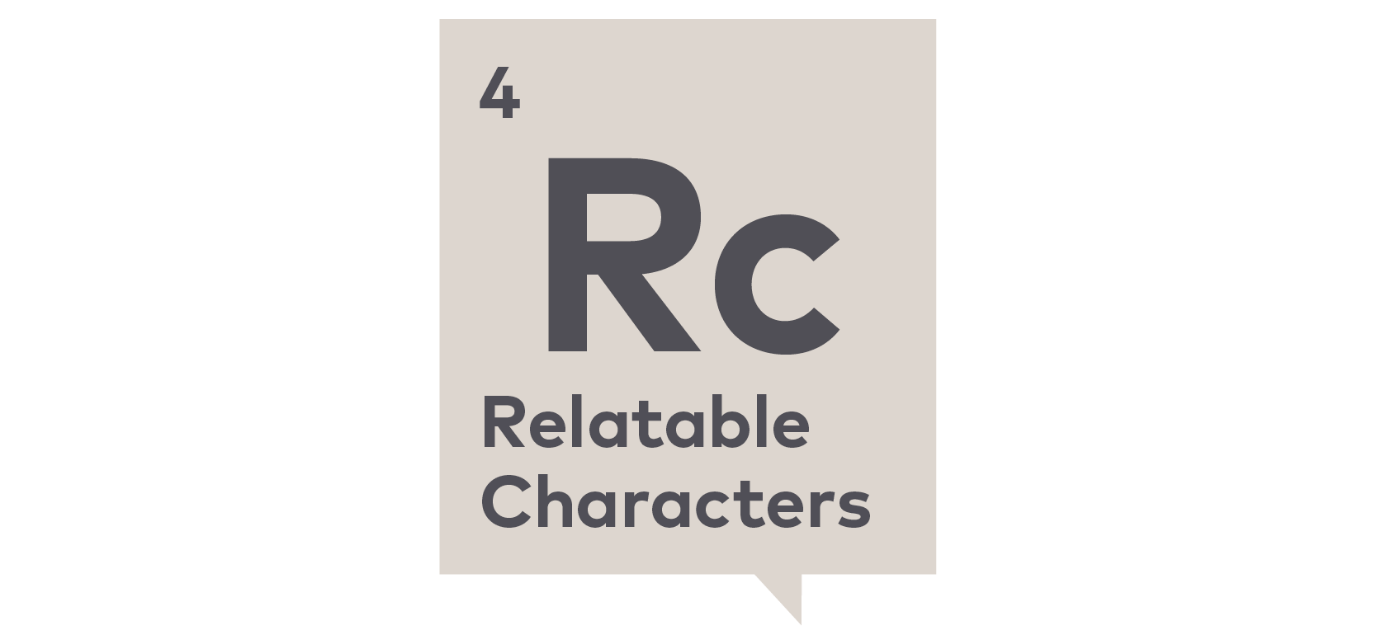The Eight Elements of Effective Storytelling
A Framework for Public Affairs Professionals
Executive Summary
We all tell stories. To convey information, share experiences, persuade or entertain, each and every one of us is a storyteller. However, to really succeed requires an understanding of The Eight Elements of Effective Storytelling.
In this report we will examine methods and tactics you can use in public affairs to sharpen stories, bring focus to your campaigns and persuade audiences to your position.
Key Objectives
This report will accomplish the following:
- Learn the Eight Elements of Effective Storytelling.
- Understand how you can apply these elements to storytelling in your public affairs campaigns.
Storytelling begins with purpose.

What are you trying to accomplish with your narrative? There are many types of purposes. Fables seek to teach morals and good behavior, a hero’s journey seeks to inspire and allow you to feel your own potential, comedies to laugh, and documentaries to educate, sometimes inspiring action. When you understand your purpose for telling a story you set the foundation for the other elements to take shape.
Applying to Public Affairs
- Precisely understand your goal in telling a story.
- Focus on the most essential themes or ideas. Remember, this isn’t a press release.
Always approach your audience with respect.

The truism of understanding your audience can never be overstated. Some stories seek incredibly large, mass-media audiences. Those stories tend to focus on broad, overwhelmingly identifiable storytelling tropes and structures that go back as far as our oldest myths.
Applying to Public Affairs
- Identify who your story must persuade and what they find persuasive.
- Match your story with your audience.
Every story has a shape.

We’ve all heard the term “story arc.” There’s a beginning and end to every story, and the arcs are what happens in between. Kurt Vonnegut famously joked that we should be able to graph stories with a computer (watch his lecture on the shape of stories). Here are two examples.
Falling in Love

Cinderella

Story arcs are the journey your audience experiences, especially when looking to persuade or motivate. Visualizing and understanding arcs allows you to craft a story that leaves an impact.
Applying to Public Affairs
- Establish a beginning, middle and end for your story.
- An effective arc for public affairs is a direct plea or call to action. The audience is presented with a compelling narrative describing the problem and raising the stakes, identifying the villain and ending on a note of hope and purpose to inspire action.
Characters create connection.

When we experience an effective story we feel a connection to the characters. Here again the work you do in understanding your audience allows you to design characters that others can project themselves onto, and in turn be affected by.
Consider for a moment the rise of “anti-hero” storytelling. Whether recent entrants like "Breaking Bad" or one of the original anti-heroes, Tony Soprano, these characters work because there is something to relate to. Even in these tales of people doing things we would never condone or participate in, many find ourselves subconsciously rooting for them, or identifying with them.
Applying to Public Affairs
- It is critical that the characters in your story match the demographics and background of your desired audience.
Great stories pull you into their world.

Even the most basic fairy tales have tension and conflict at their core. Tension and conflict are what give a story stakes and meaning. Even if we know the hero is ultimately going to win the day, the conflict and tension they go through along the way is what powers the narrative.
Applying to Public Affairs
- A story with no villain, no stakes, no conflict is a story ignored.
- Identify and show for your audience where the tension and conflict lies.
- Structure your story to allow the audience to uncover and see the conflict through your narrative.
Why are you telling this story?

The point of view serves the purpose of the story. Like tension and conflict, a strong point of view is how you confront your audience in an effective story.
Applying to Public Affairs
- Understand the argument you are making and present it clearly and with purpose to your audience.
Every medium has rules.

Matching the story to the medium is as critical as knowing your audience. There have never been more media channels available for you to tell your story, but that doesn’t mean you need to use every single one.
Applying to Public Affairs
Consider the viewers expectations.
- Web: Interactive and Experiential
- Twitter: Personable and Visual
- Facebook: Dialogue and Conversation
- Instagram: Authentic and Direct
- YouTube: Thoughtful and Succinct
Say only what is necessary.

Some of the very best story tellers know they are terrible editors. A famous example comes from film, where Martin Scorcese has partnered for over 50 years with his editor Thelma Schoonmaker.
For the author, everything in the manuscript and text is important, but a critical editorial eye doesn’t just remove excess from your story, it sharpens and clarifies it. It is a process that allows all the elements we have discussed so far to come into focus.
Applying to Public Affairs
Consider the viewers expectations.
- You are a policy expert, but your story can’t be overloaded.
- Details, explanations and history are important, but your audience has limited attention.
- Relentless editing makes our story clearer.

